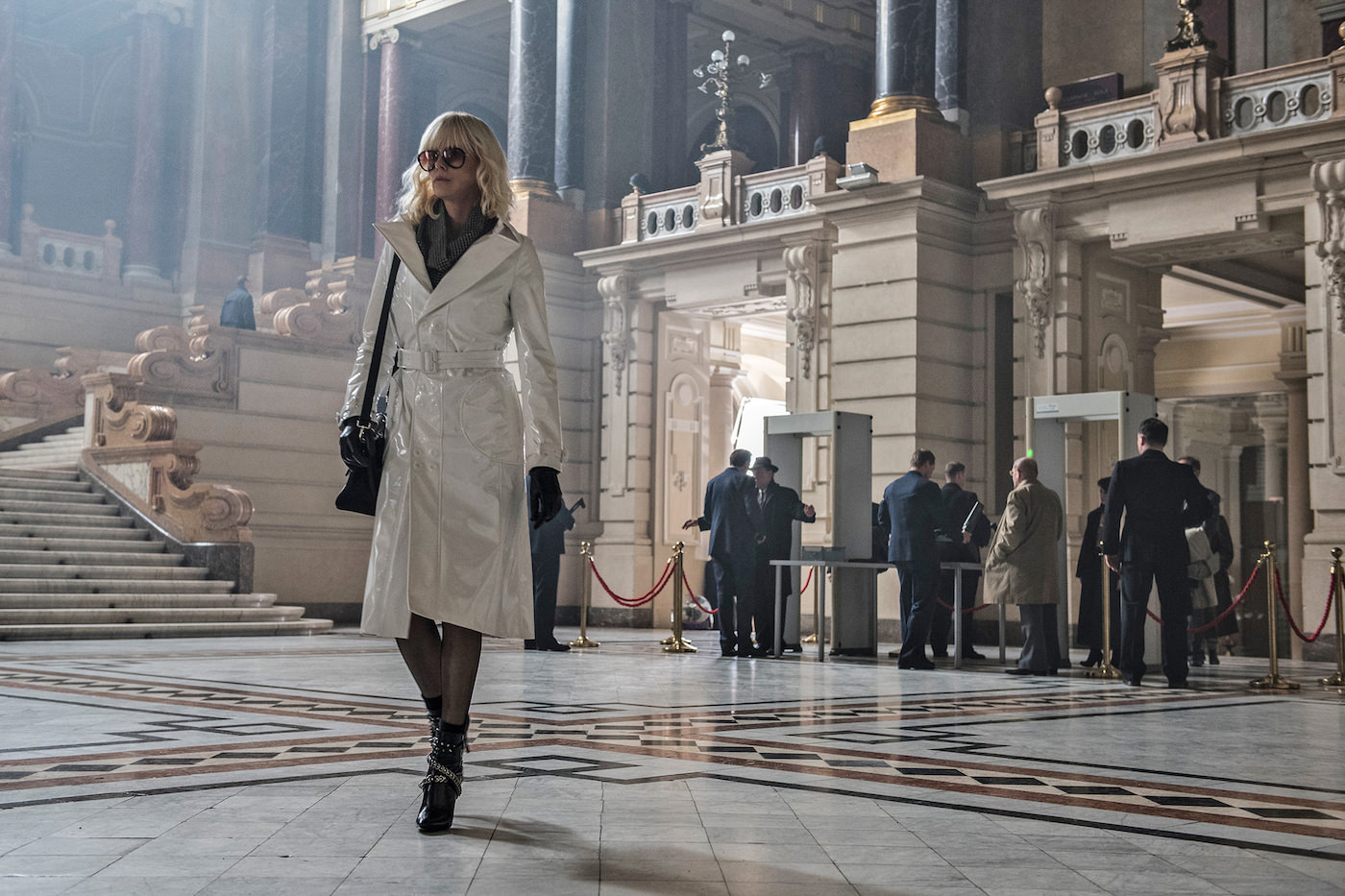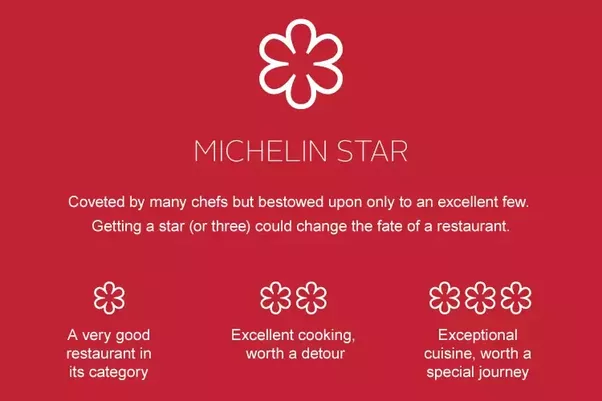Increased Production Tax Rebate Makes Hungary Shine Even Brighter
zita kisgergely
via Wikipedia
Hungary's film production tax rebate program, designed to incentivize film production in Hungary, just got more attractive, as the rebate rose from 25 to 30 percent in recent weeks. In the past decade Hungary's generous incentives created a boon for local and international production, due to the cost effective crews and tax rebates. As Daily Variety reports, Hungary is now the second leading destination for film production in Europe, and the first on mainland Europe. Only the UK, with its rich tradition, established infrastructure, and vast local market, beats out Hungary in this realm.
Huge profile projects aren't shying away from taking advantage of the production friendly conditions here. Recent films include Hollywood's latest re-boot of the Robin Hood legend, starring Taron Egerton and Jaime Foxx. Moreover, the next installment in the Terminator franchise (no surprise there, as Schwarzenegger has long had close ties to Budapest) in addition to the Ang Lee directed, Will Smith staring film Gemini Man were shot here. On a side note, Smith was so happy with his experience in Budapest that he danced atop the famous Chain Bridge in a video that has since gone viral, single-handedly creating a must-do experience for tourists and locals alike, despite the danger involved.
To keep in line with EU regulations, the revised tax refund scheme needed to be submitted to and approved by the European Commission. Having cleared that hurtle, the country will only look more attractive to foreign productions from all over the world (it's worth noting that Indian, Korean, and many other Eastern productions have also recently taken advantage of the friendly conditions here).
Andy Vajna, producer of many of the Terminator and Die Hard films, as well as being Hungary's film commissioner, explained it to Variety like this: “In addition to the tax incentive, Hungary’s film industry has highly educated and experienced film crews, a variety of exciting and new film locations, and state-of-the-art sound stages. Budapest is the most popular location to shoot films in Continental Europe. With the increased tax incentive, we aim to strengthen the Hungarian film industry and to preserve our leading position in the international market.”
Hungary's rise to the top spot has been swift and steady, and is the combination of great craftsmanship, modern infrastructure, versatile locations, with a healthy and increasingly generous tax rebate incentive program in place. Under these conditions, we look forward to the future in film of Hungary, which continues to earn its nickname "Hollywood on the Danube".
Will Smith celebrates the increased tax rebate in Budapest:
Source: Daily Variety.
Flatpack Films is based in Budapest, Hungary. We are a film company that offers an inspiring and professional work atmosphere for our local and international clients. Since our inception, our focus has been providing the best of the best in terms of local production resources, locations, cast, and technical teams to ensure that whatever the production we facilitate, we do to highest standard possible.

























































